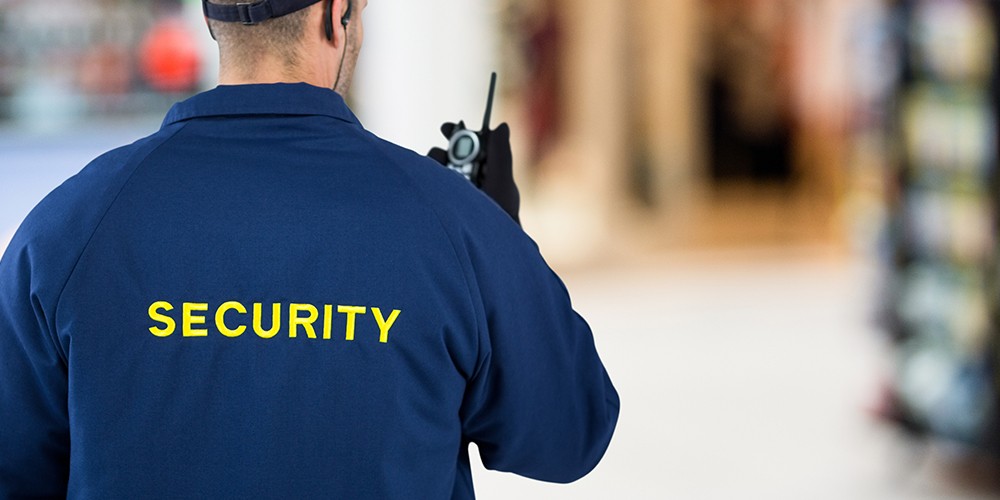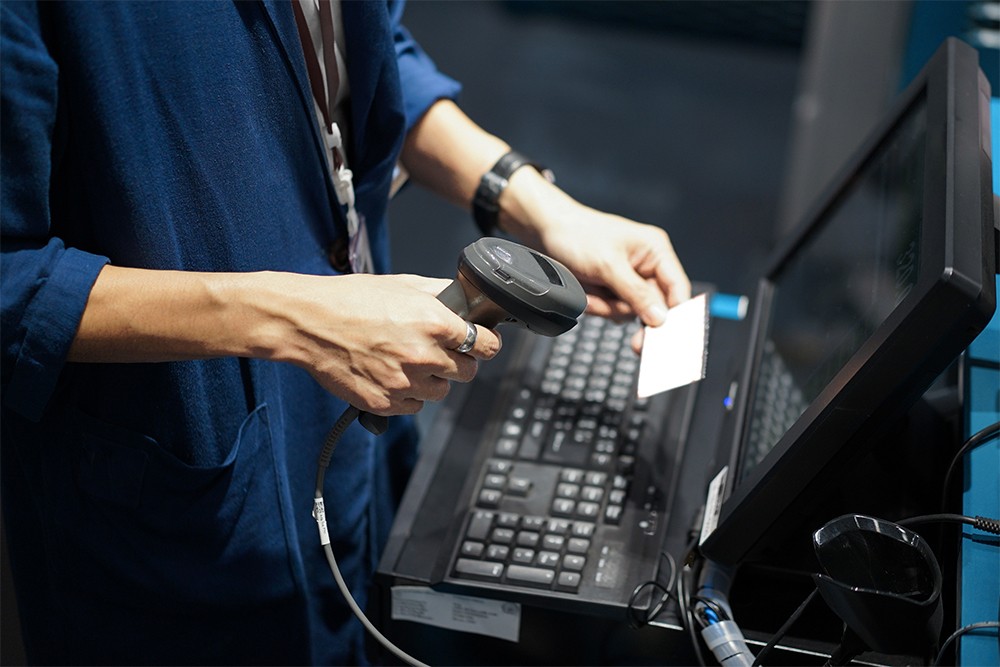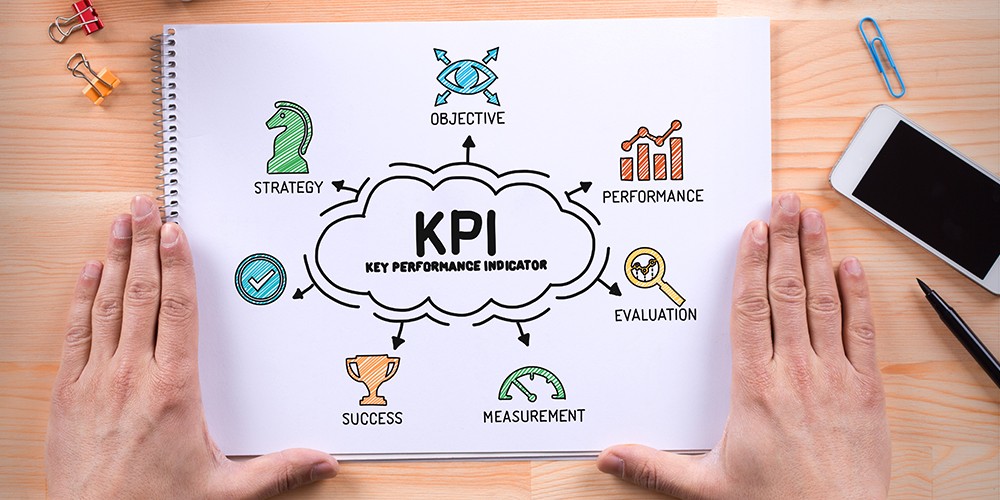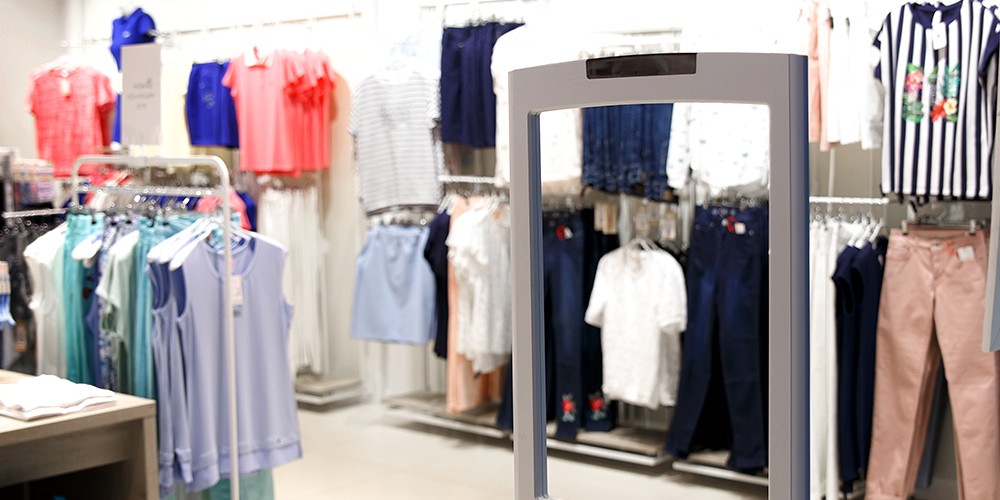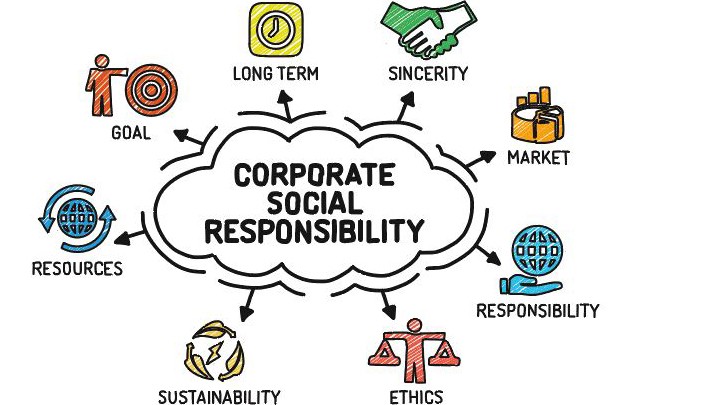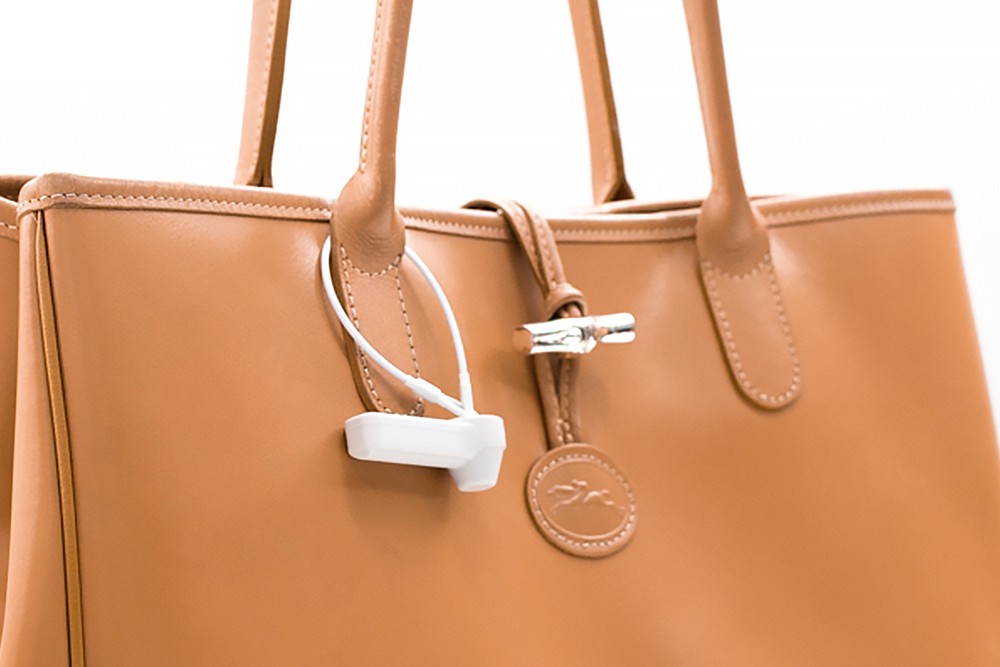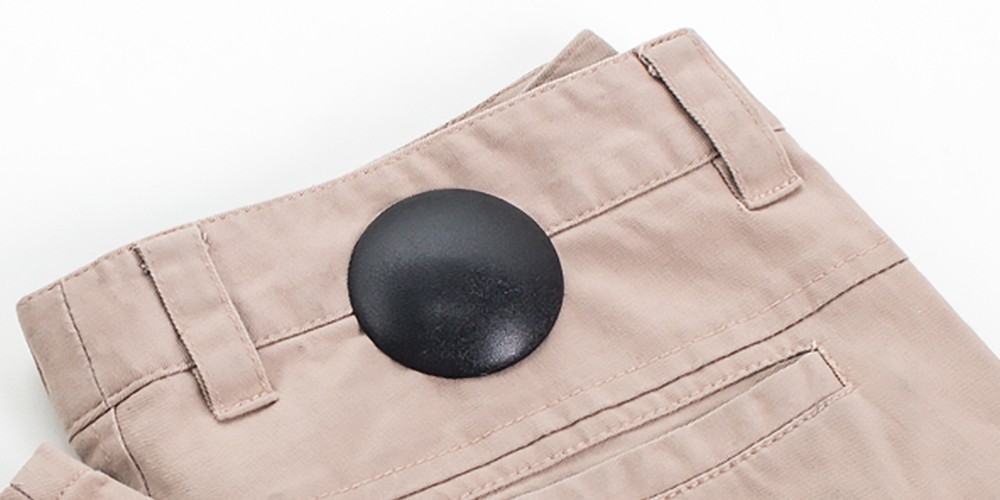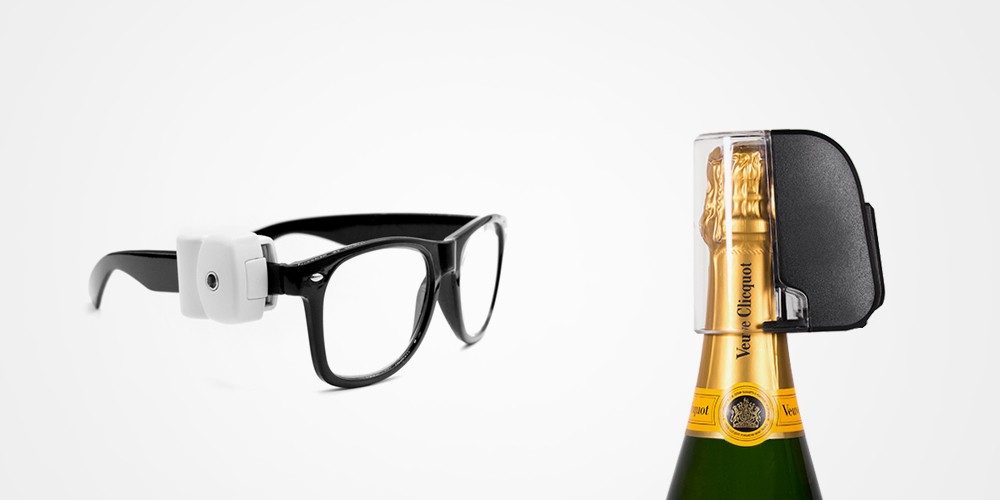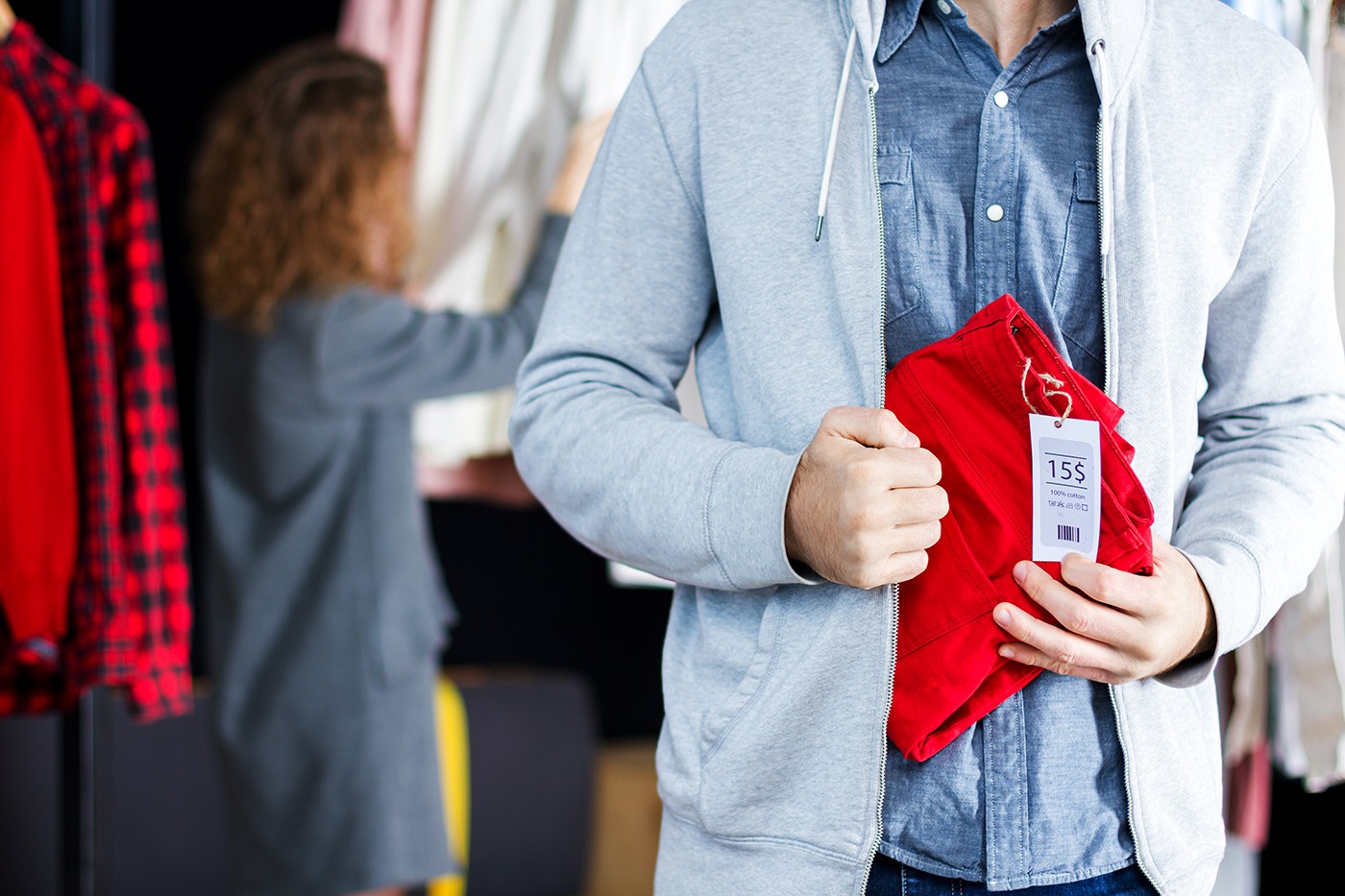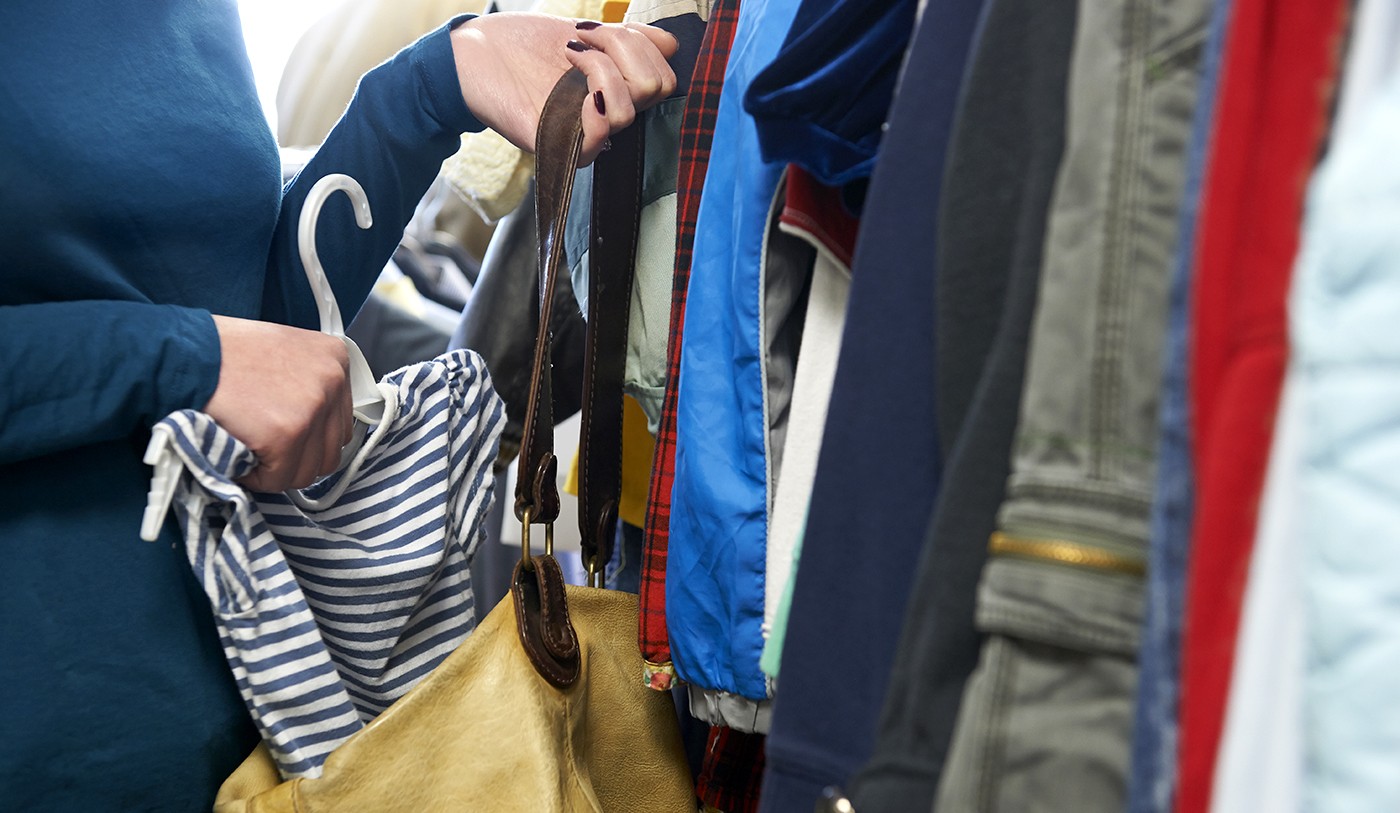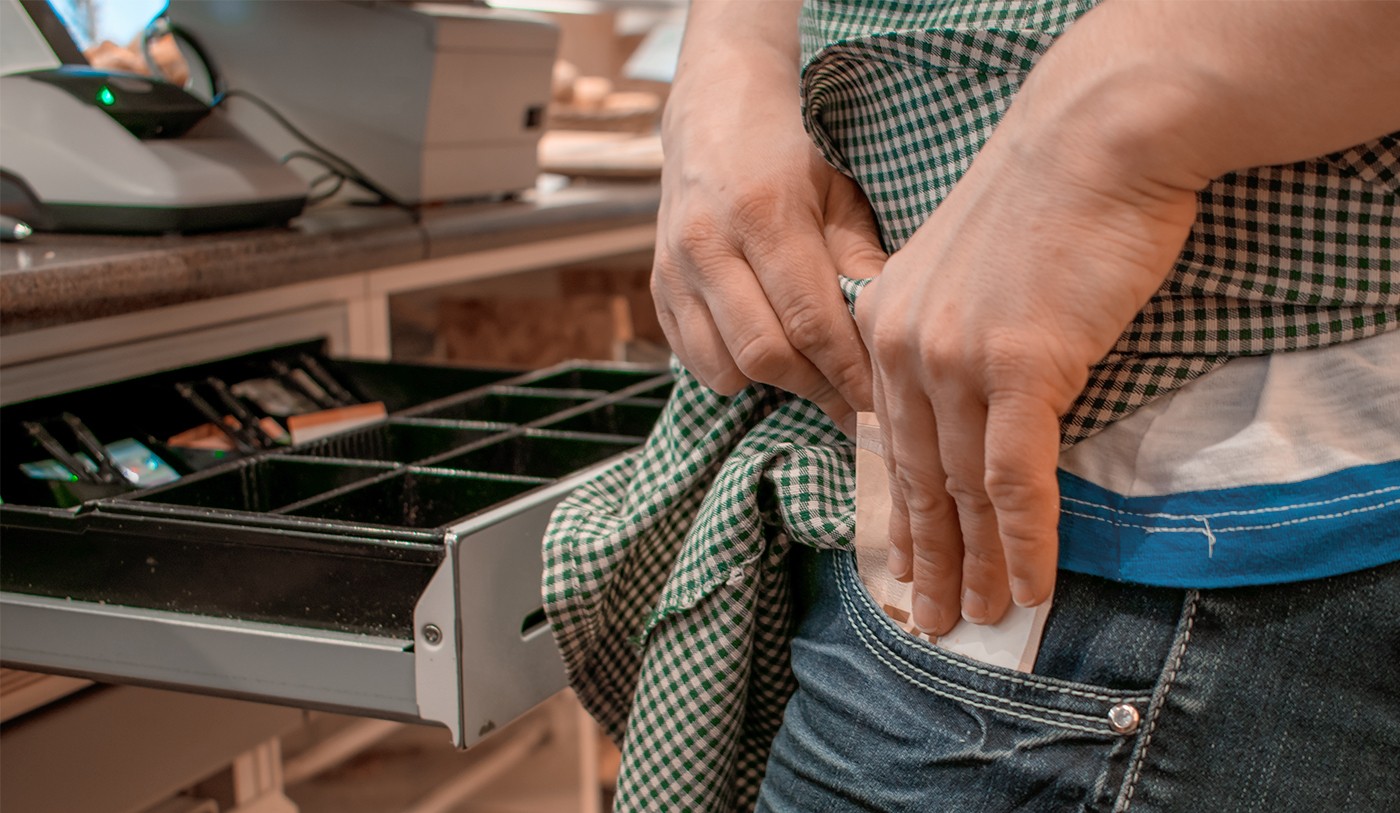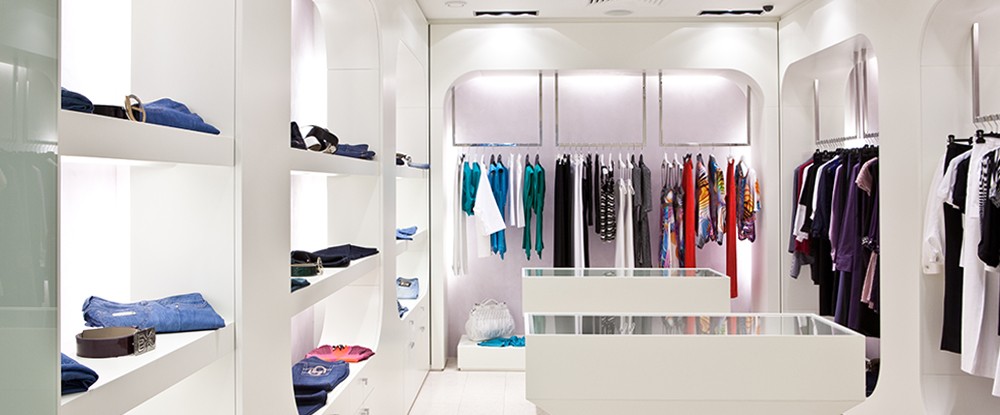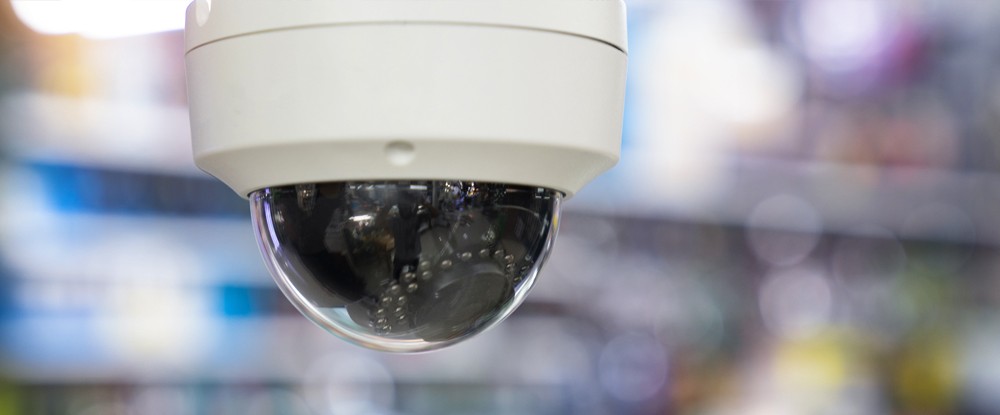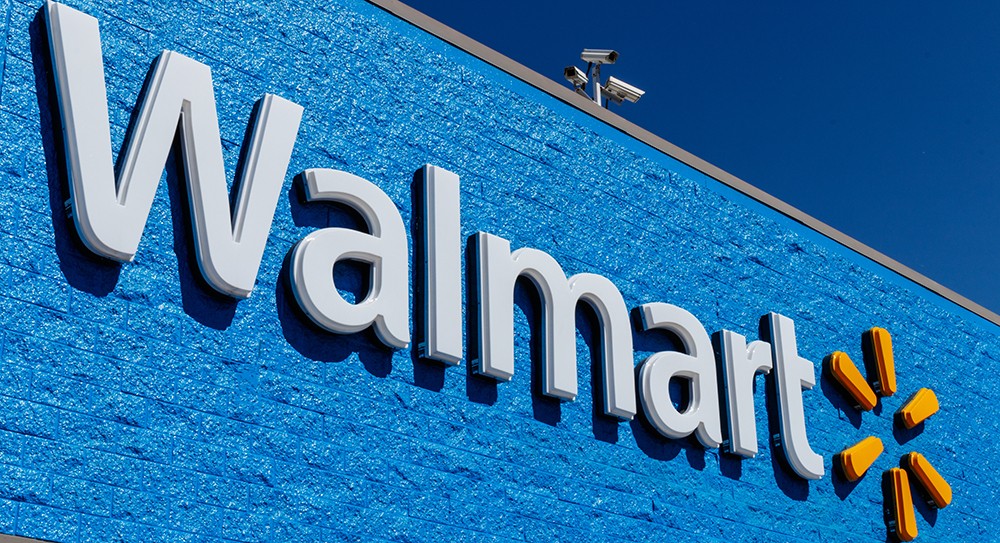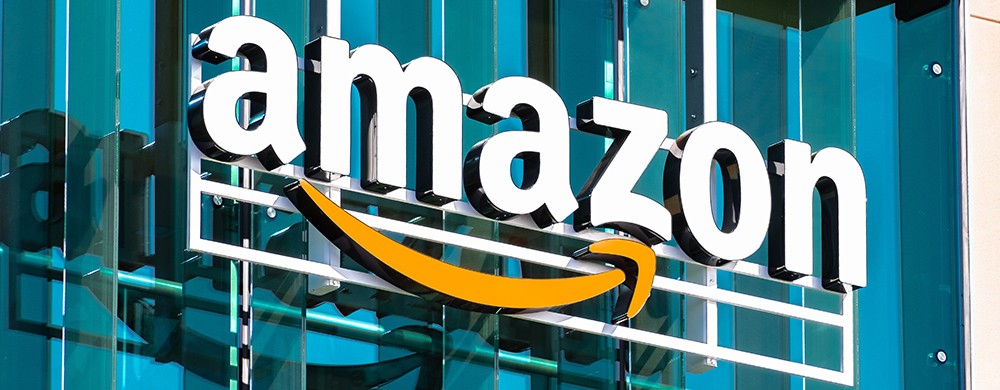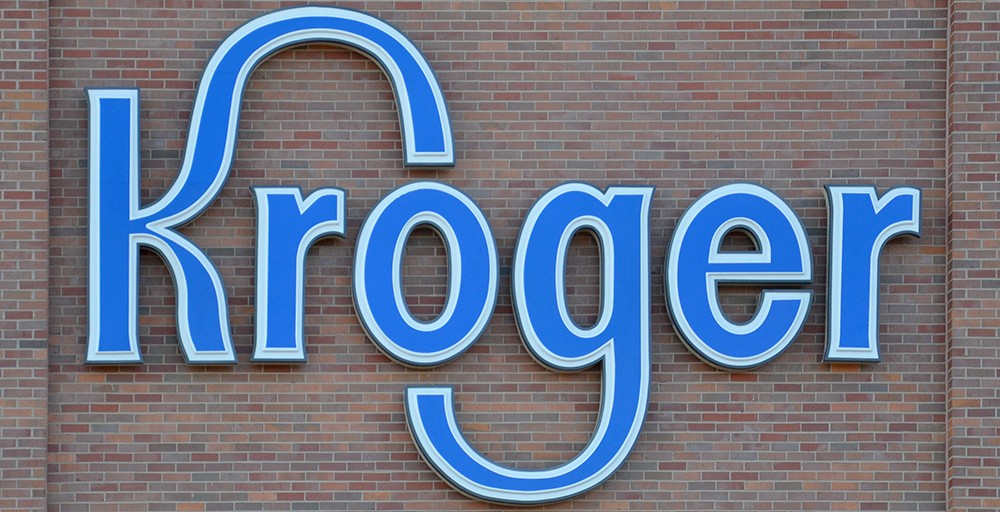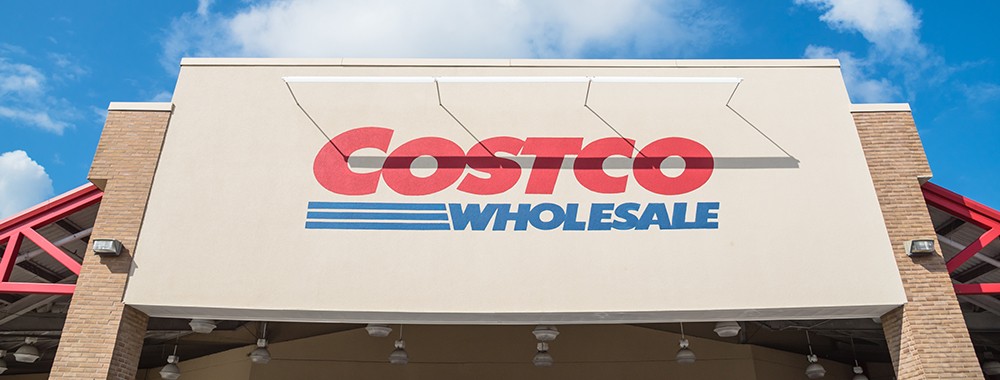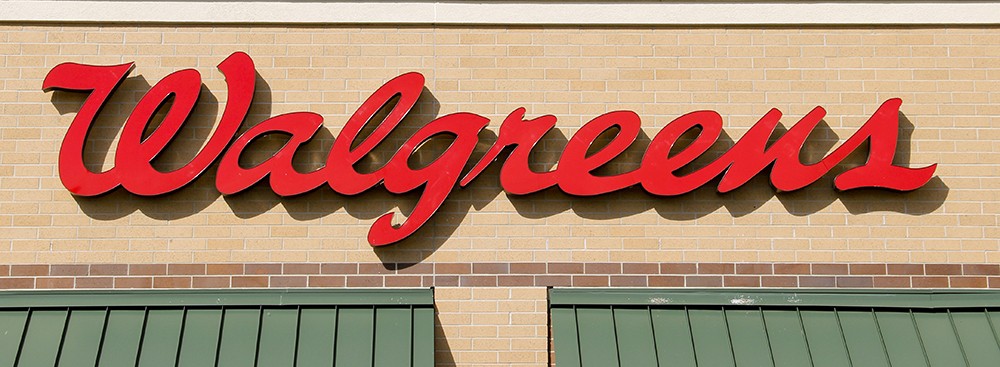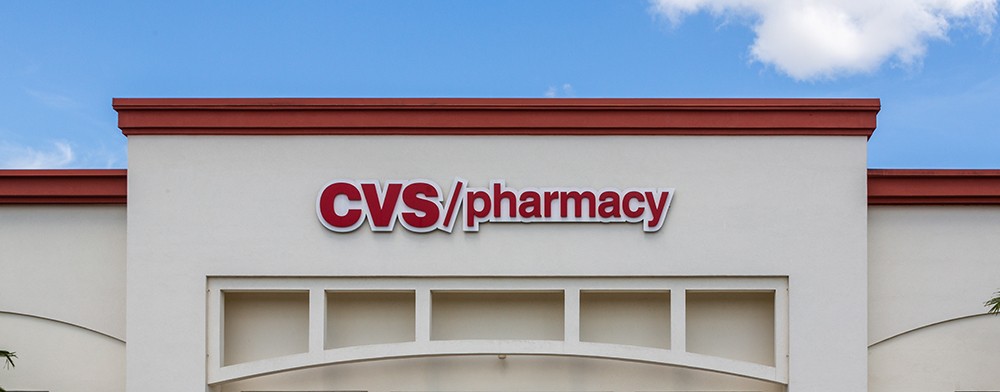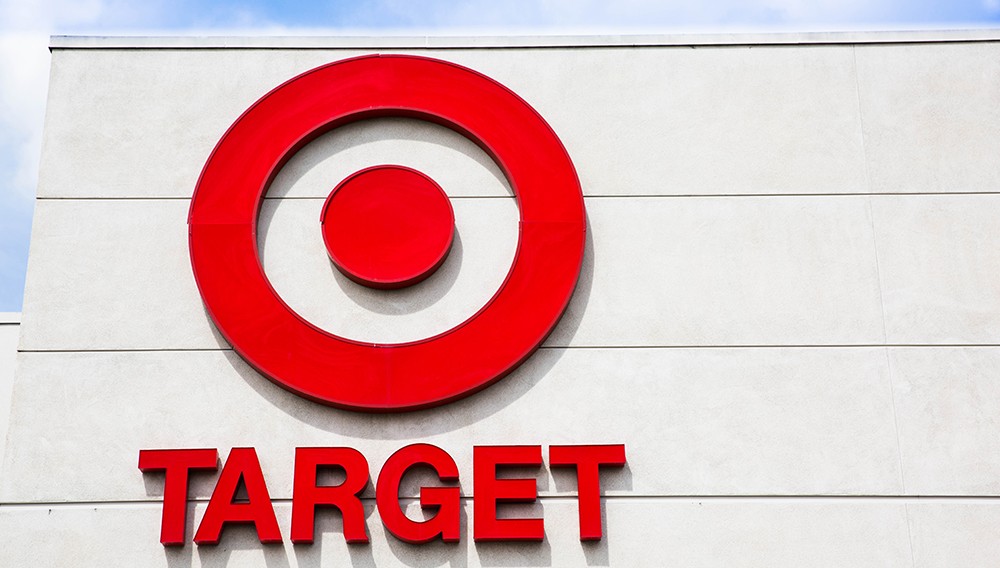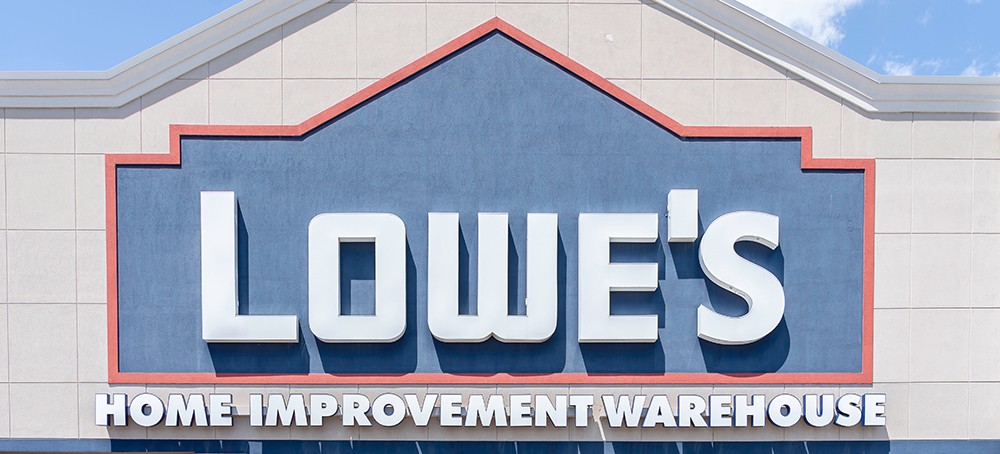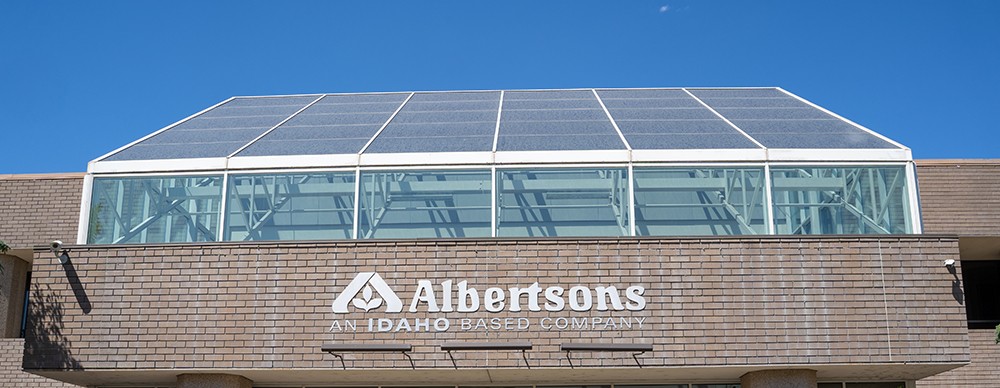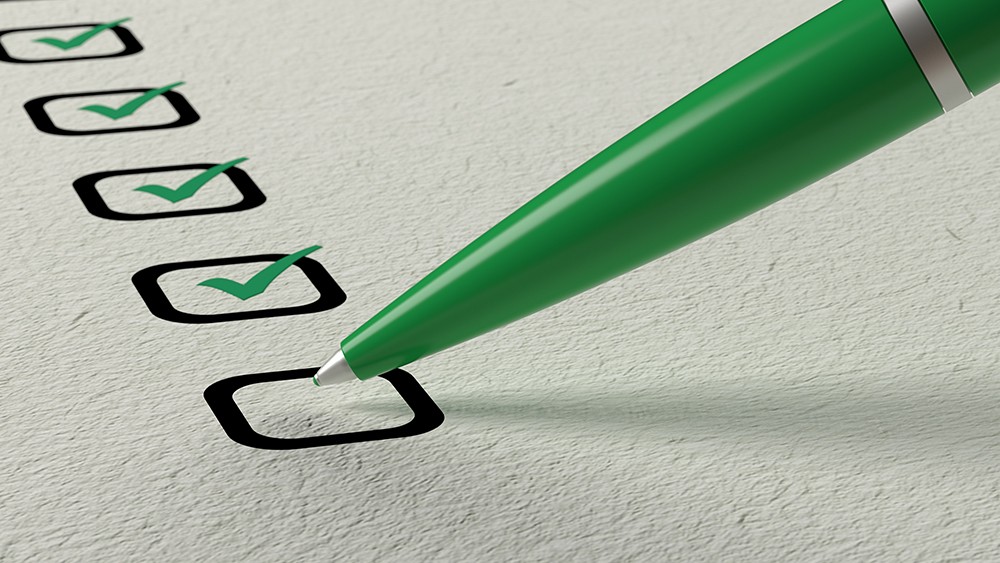Right about now the retail world is grappling with a range of issues. There’s the ongoing challenge of Covid-19, evolving technology, and changing consumer habits. All of these have the potential to impact the retail bottom line.
However, unlike the above issues which by and large are beyond retailer’s control, one area where retailers can guard their profits and protect the bottom line is via loss prevention. And the reality is there’s never been a better time to stop the loss.
The four areas of loss
Estimated to wipe on average 1.62 per cent from every retailers’ bottom line, loss (or shrink) comes from four main areas:
- Shoplifting
- Employee theft
- Supplier fraud
- Administrative error and miscellaneous loss
The good news is all of these areas can be monitored and strategically targeted to improve that all-important bottom line.
So, let’s dive right in, looking at where your loss might be occurring…
Shoplifting
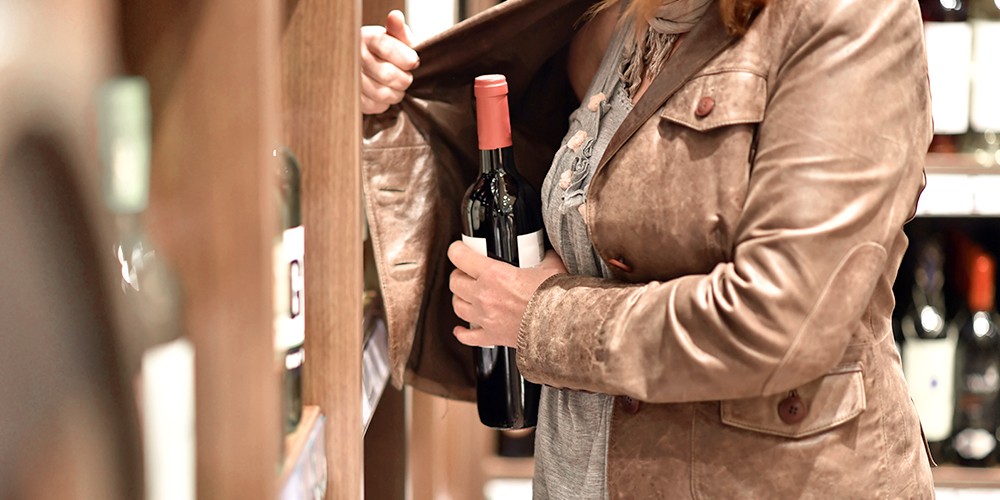
Estimated to account for between 30 and 40 per cent of all retail loss, shoplifting is the first suspect to consider when tackling retail loss.
Last year US retailers again reported a rise in shoplifting, with its increase an ongoing trend.
Targeting shoplifting
Targeting shoplifting involves a multi-pronged approach.
It includes:
- Product level protection like security tags and electronic article surveillance
- Storewide protection like CCTV, security guards, and burglar alarms
- Store design, with a focus on good lighting, and store visibility from the Point of Sale
- Staff training to identify the signs of shoplifting and a customer service ethos that encourages staff interaction with consumers
Employee theft
Employee theft continues to rank as the second most common reason for loss in-store, with one in 50 employees stealing from their employer in 2019.
Targeting employee theft
Employee theft is managed through clear policies and procedures, a positive workplace culture and stringent hiring practices.
This involves:
- Screening all potential employees and seeking out references
- Education on the repercussions and impacts of employee theft
- mPOS software that requires each staff member to individually log into the Point of Sale
- Management supervision
- A workplace culture where employees feel valued for what they do
Supplier fraud
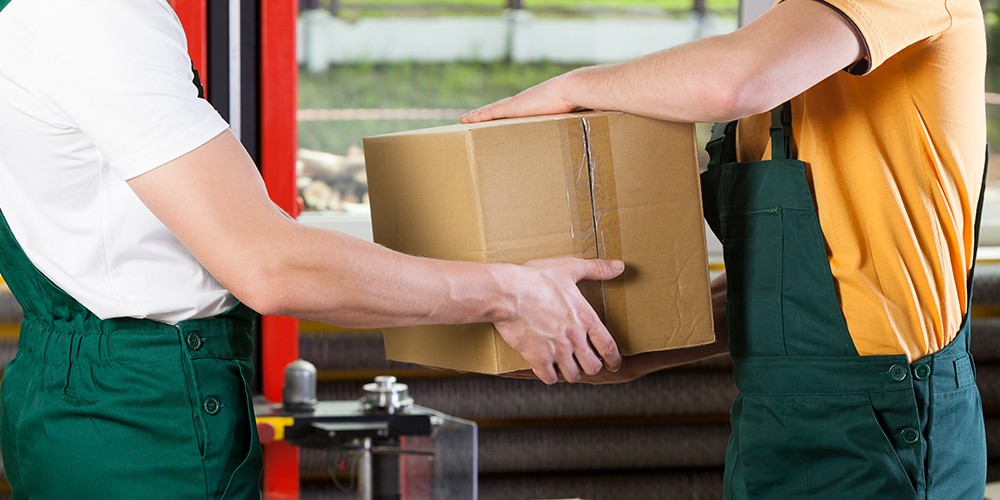
Although far less common than either shoplifting or employee theft, supplier fraud can and does play a role in retail loss.
Targeting supplier fraud
Protecting your store against supplier fraud comes down to implementing the right systems and procedures to immediately identify any loss.
This extends to:
- Inventory reconciliation
- RFID tagging at the point of manufacture to track stock
- Clear systems and procedures on stock delivery
Administrative error and miscellaneous loss
Like supplier fraud, administrative error and miscellaneous loss is far less common than theft-related shrink, but even simple mistakes can impact the bottom line.
Targeting admin error and miscellaneous loss
The trouble with administrative error and miscellaneous loss is that it can be harder to identify than other causes of shrink. That said, combatting it often corresponds with good store management.
This includes:
- Regular stock taking using tools like RFID
- The cross-checking and reconciliation of orders
- Clear policies and procedures for handling stock, storing it, and putting it on display
- Security tools like lockable cabinets and drawers
- Clear assignment of roles and responsibilities in store
There’s never been a better time
With 2020 serving up some tough operating conditions for retailers across the USA, there’s never been a better time to tighten up a store’s loss prevention strategies, and the benefits of doing so could be significant.
Last year, retail loss cost the sector a jaw dropping $61.7 billion and right about now, that’s a profit no retailer can afford to lose.
You can learn more about our range of security tags here, and browse our security labels here.



